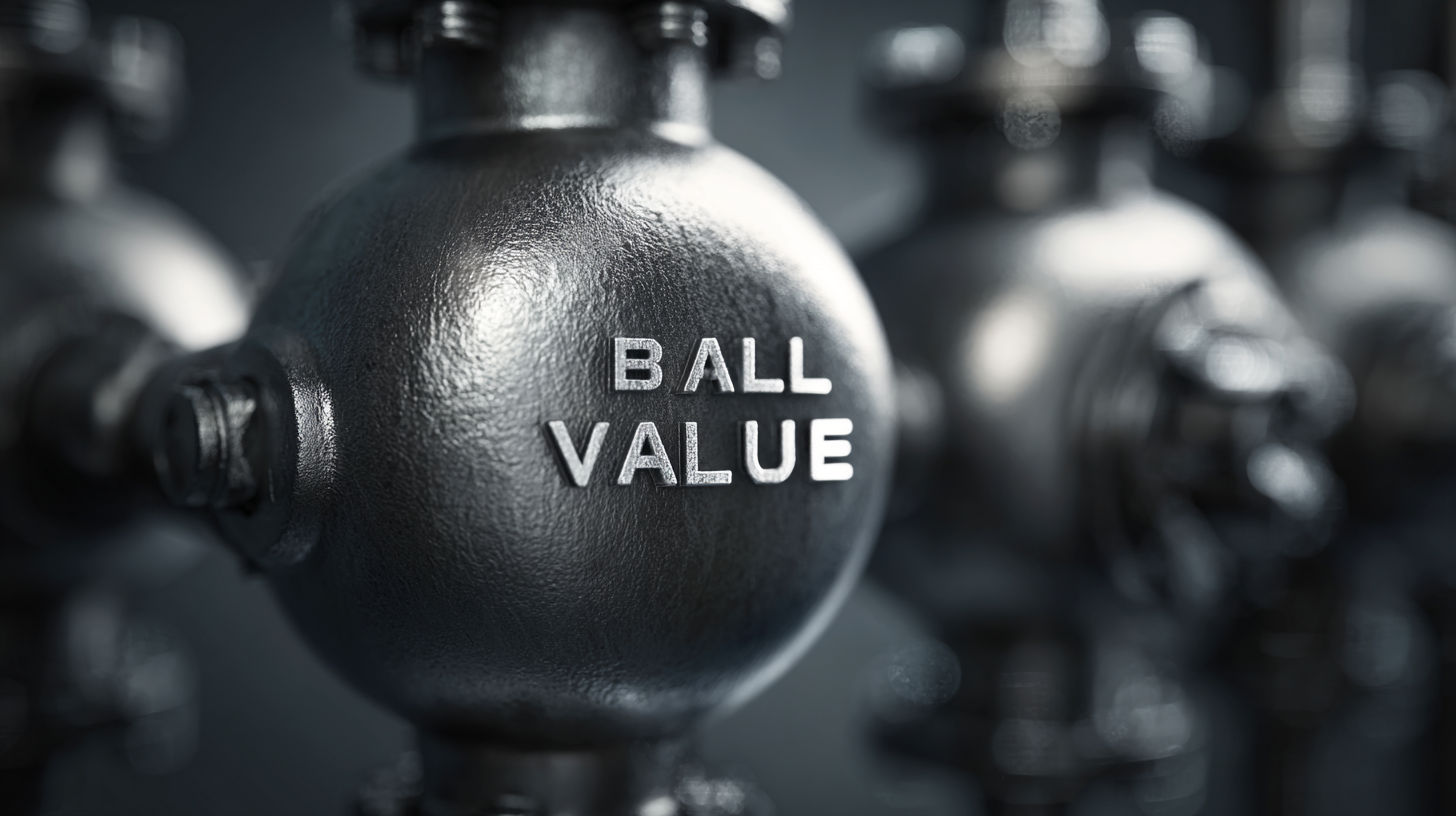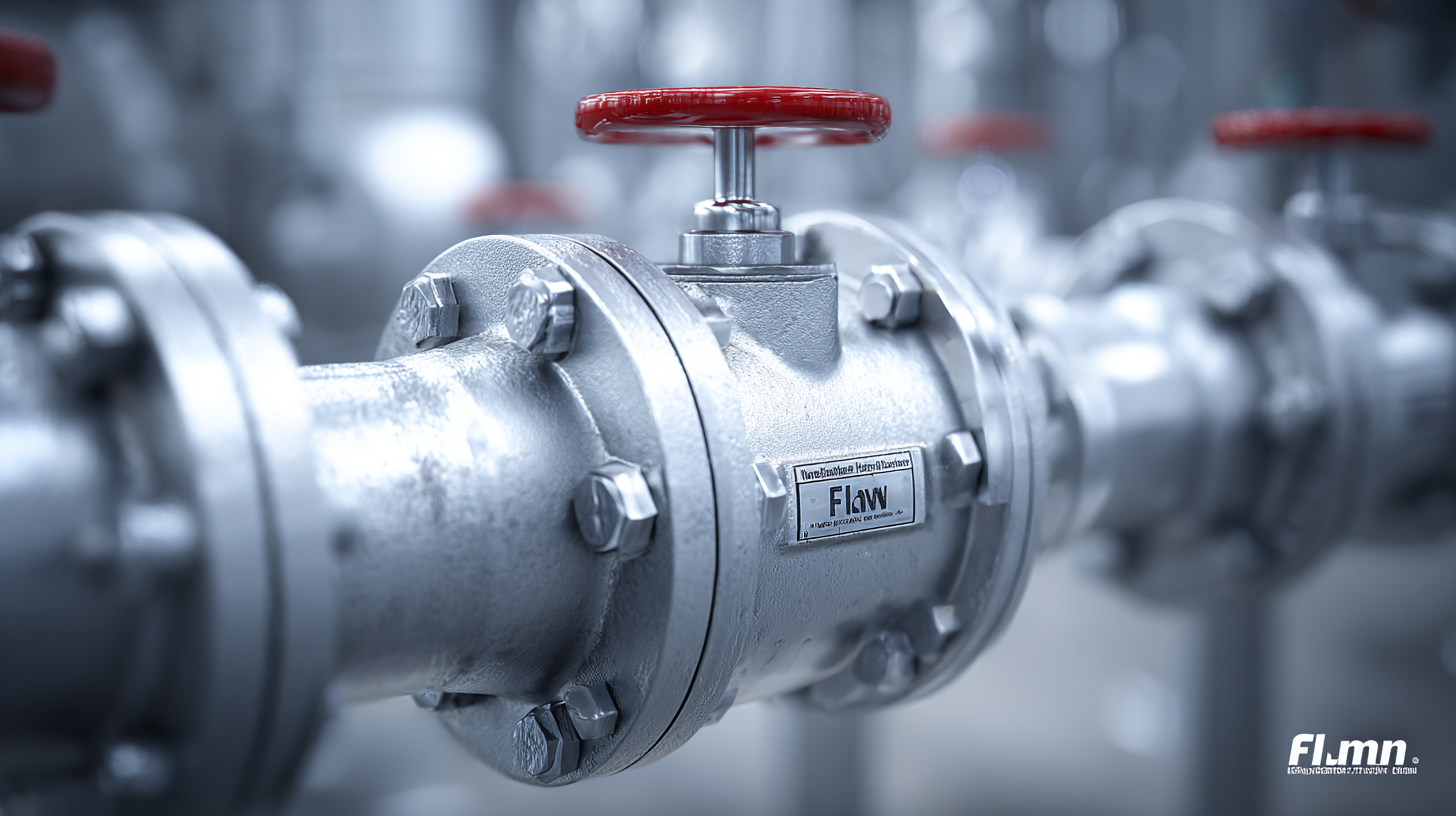- English
- Español
- Português
- русский
- Français
- 日本語
- Deutsch
- tiếng Việt
- Italiano
- Nederlands
- ภาษาไทย
- Polski
- 한국어
- Svenska
- magyar
- Malay
- বাংলা ভাষার
- Dansk
- Suomi
- हिन्दी
- Pilipino
- Türkçe
- Gaeilge
- العربية
- Indonesia
- Norsk
- تمل
- český
- ελληνικά
- український
- Javanese
- فارسی
- தமிழ்
- తెలుగు
- नेपाली
- Burmese
- български
- ລາວ
- Latine
- Қазақша
- Euskal
- Azərbaycan
- Slovenský jazyk
- Македонски
- Lietuvos
- Eesti Keel
- Română
- Slovenski
- मराठी
- Srpski језик

Choosing the Right Manufacturer for the Best Ball Valve Solutions
When it comes to ensuring optimal performance and reliability in fluid control systems, choosing the right manufacturer for ball valves is a critical decision. The ball valve is a pivotal component in various industries, including oil and gas, water treatment, and manufacturing, due to its exceptional ability to provide a tight seal and enable efficient flow control. However, with an overwhelming number of manufacturers claiming to offer the best solutions, it becomes essential to understand the key factors that differentiate them. In this blog, we will delve into the necessary considerations to make an informed choice, including quality standards, material selection, and customer support, ensuring that you select a manufacturer who not only meets your technical requirements but also aligns with your strategic goals for reliable ball valve applications.

Identifying Key Industry Standards for Ball Valve Manufacturing
When selecting the right manufacturer for ball valves, understanding key industry standards is essential. These standards not only ensure the functionality and reliability of the valves but also play a crucial role in safety and performance. Organizations such as the American National Standards Institute (ANSI) and the International Organization for Standardization (ISO) set guidelines that manufacturers must adhere to, covering aspects from materials used to pressure ratings and testing methods. Compliance with these standards helps guarantee that the products meet the necessary specifications for various applications, including oil and gas, water treatment, and chemical processing.
Additionally, manufacturers should be evaluated on their adherence to industry-specific certifications like the American Society of Mechanical Engineers (ASME) and the Underwriters Laboratories (UL). These certifications indicate that the manufacturer follows stringent protocols in their production processes and quality control measures. By prioritizing manufacturers that consistently meet or exceed these benchmarks, buyers can make informed decisions that ultimately lead to the implementation of durable, efficient, and safe ball valve solutions tailored to their specific operational requirements.

Evaluating Manufacturer Credentials: Certifications and Quality Controls
When selecting a manufacturer for ball valves, evaluating their credentials is crucial. A reputable manufacturer should have relevant certifications such as ISO 9001, which ensures a high standard of quality management systems. According to a market analysis by Grand View Research, the global ball valve market is expected to reach $16.45 billion by 2027, highlighting the demand for top-notch production practices. Manufacturers that adhere to international standards demonstrate their commitment to quality and reliability, which is essential for industries relying on precise fluid control.
Tips: Before partnering with a manufacturer, inquire about their quality control processes. A robust quality assurance program, including regular testing and inspections, can significantly reduce the risk of failures in operational settings. Moreover, seek manufacturers that undergo third-party audits, as this adds an extra layer of trust in their production practices.
In addition to certifications, it's important to assess a manufacturer's experience and reputation in the industry. A supplier with a proven track record of successful projects and satisfied clients typically indicates a strong capacity for delivering superior products. The right partner can ensure not only product quality but also compliance with industry-specific regulations, ultimately enhancing the efficiency of your operations.
Exploring Material Selection and Design Variability in Ball Valves
When it comes to selecting the right manufacturer for ball valves, the intricacies of material selection and design variability play a pivotal role in ensuring optimal performance and longevity. One of the most widely used materials in the production of high-performance ball valves is the titanium alloy Ti-6Al-4V (Ti64), which offers exceptional mechanical properties due to its unique composition. The fabrication process, particularly selective laser melting (SLM), has been studied extensively to understand how variations in processing parameters can influence the final product's mechanical characteristics.

In addition to materials, design variability is crucial for achieving the desired functionality in ball valves. An examination of transcatheter mitral valve prosthesis devices highlights how design differences can affect implantation outcomes and overall device performance. This review reveals that tailoring the design of ball valves not only enhances performance but also addresses specific application requirements, leading to improved reliability and efficiency in fluid control systems. As manufacturers continue to innovate, understanding both material properties and design considerations will remain essential for industry professionals looking to choose the best solutions for their needs.
Analyzing Cost vs. Value: Budgeting for Quality Ball Valve Solutions
When it comes to selecting ball valve solutions, understanding the delicate balance between cost and value is crucial. Many manufacturers may offer seemingly attractive prices, yet the long-term performance and reliability of their products can be severely compromised. Investing in quality ball valves typically means better materials, superior craftsmanship, and enhanced durability, which ultimately reduces maintenance costs and downtime in industrial applications. By carefully analyzing the trade-offs, buyers can ensure they select a manufacturer that emphasizes value over mere cost.
Budgeting for quality ball valve solutions requires a strategic approach. Initially, companies should assess their specific needs and operational requirements to determine the right specifications for their applications. This helps in avoiding the trap of settling for lower-priced options that may not meet performance standards, leading to higher costs over time. Involving stakeholders early in the decision-making process can also yield insights into potential cost savings that quality products can bring. Ultimately, choosing the right manufacturer should focus on the longevity and reliability of the ball valves, demonstrating that value outweighs initial expenditure.
Choosing the Right Manufacturer for the Best Ball Valve Solutions - Analyzing Cost vs. Value
| Manufacturer Location | Production Capacity (Units/Month) | Cost per Valve (USD) | Quality Rating (1-10) | Lead Time (Days) |
|---|---|---|---|---|
| USA | 10,000 | 25 | 9 | 30 |
| Germany | 8,000 | 30 | 10 | 25 |
| China | 50,000 | 15 | 7 | 40 |
| Italy | 12,000 | 28 | 8 | 20 |
| India | 30,000 | 18 | 6 | 35 |
Assessing Manufacturer's Track Record: Case Studies and Client Feedback
When selecting a manufacturer for ball valves, assessing their track record is critical. Industry reports indicate that approximately 70% of purchasing decisions are influenced by customer feedback and past performance. Case studies that detail a manufacturer’s successes can provide valuable insights into their capability to meet specific application requirements. For instance, a recent analysis by the International Valve Association demonstrates that manufacturers with a robust history of client satisfaction tend to deliver products with lower failure rates—averaging around 3% compared to the industry norm of 10%.
Furthermore, direct feedback from clients can often reveal the qualitative aspects of a manufacturer's service, such as response times and technical support. A survey by the Valve Manufacturers Association found that 85% of clients prioritize a manufacturer’s willingness to support after-sale services. Manufacturers that excel in providing comprehensive support not only foster long-term relationships but also enhance the overall reliability of their products. By scrutinizing these factors—supported by concrete data and firsthand accounts—companies can make informed decisions that lead to robust and reliable ball valve solutions tailored to their unique needs.
